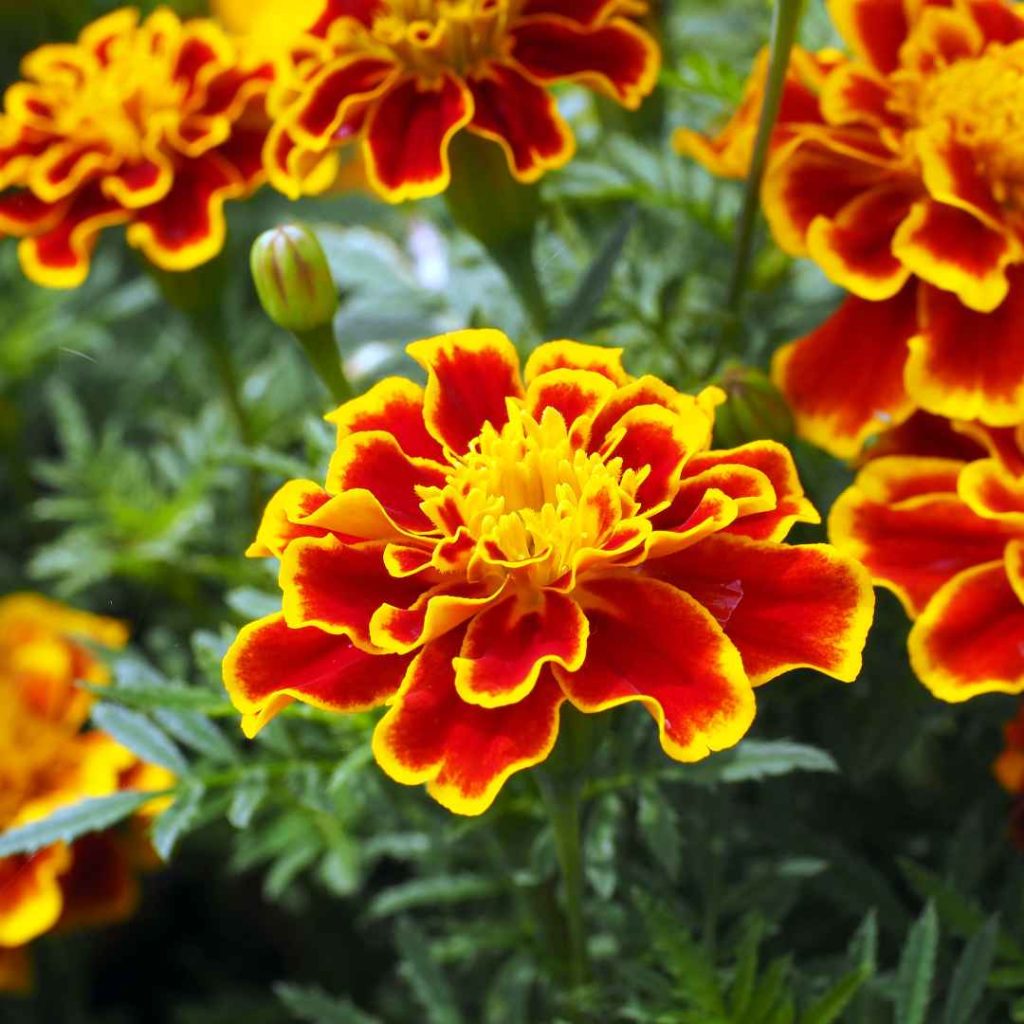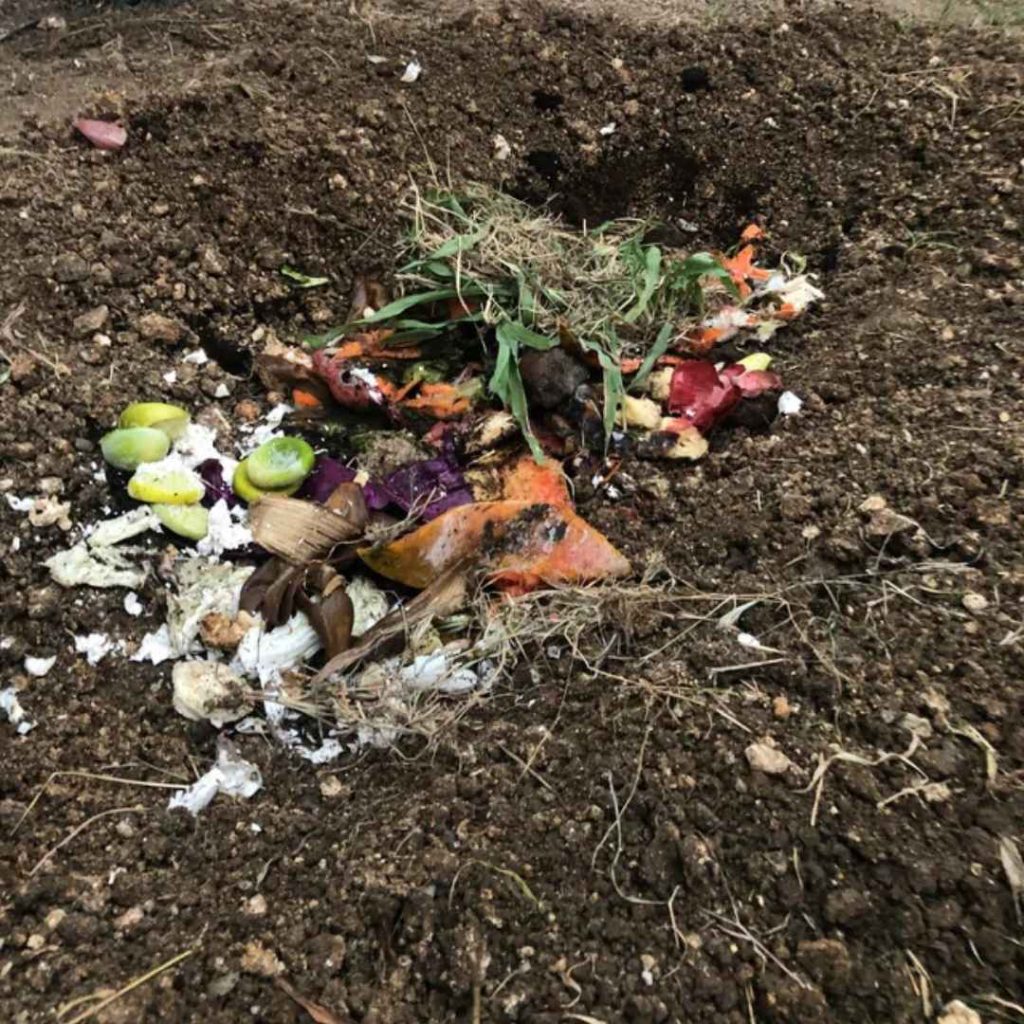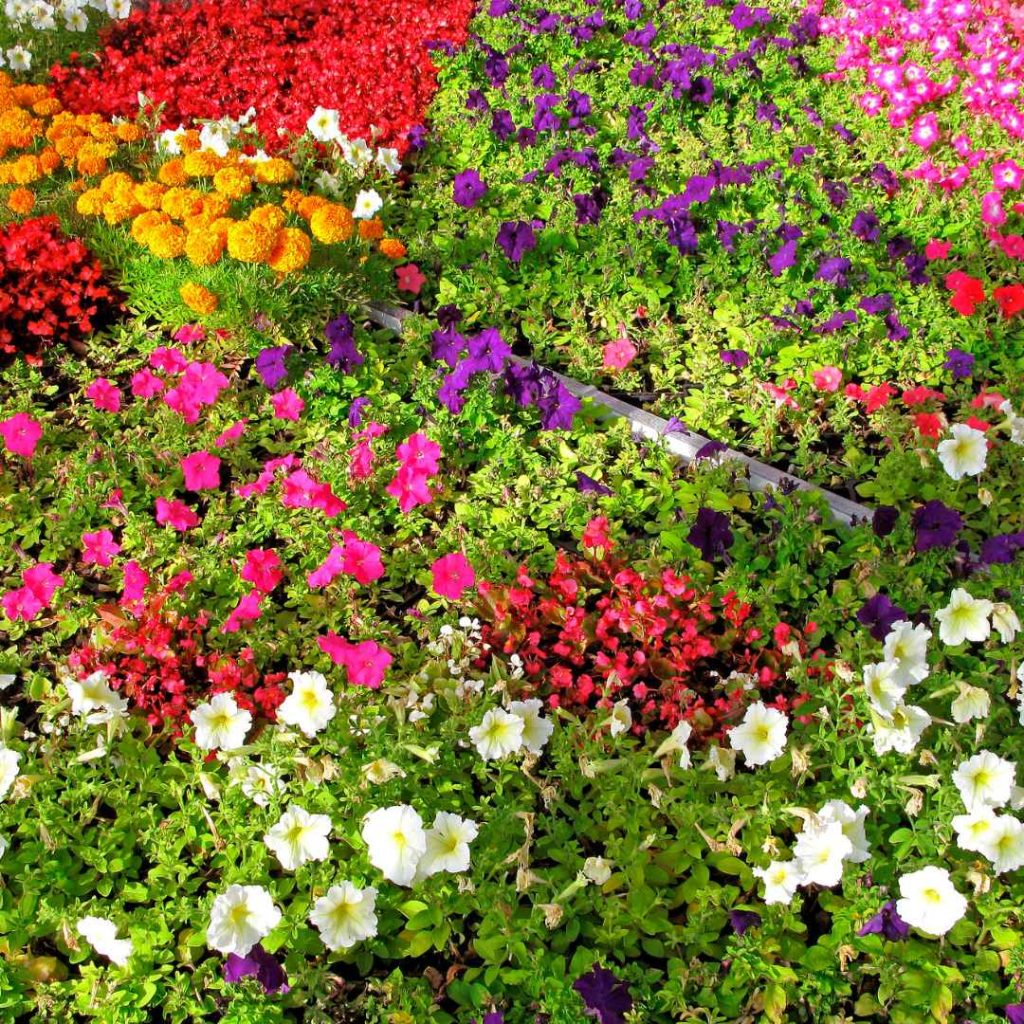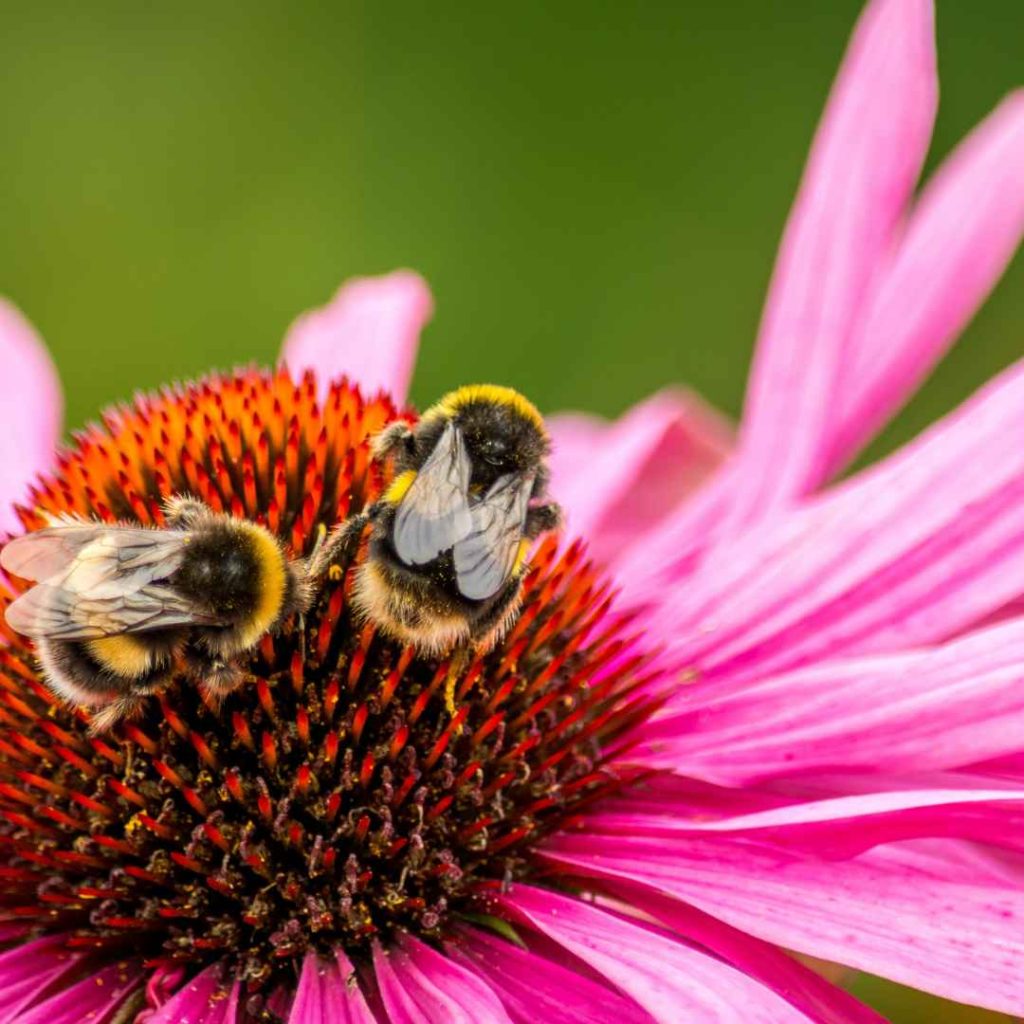For this reason, a well-prepared gardener has greater achievement. You may soon be setting your landscaping on vacation if you reside in a cooler area. You have one or two more garden seasons left if you reside in a warmer region.
In any case, a thorough cleansing at the conclusion of this growing period sets up your vegetable patch for success in the future.
Check List Of Things What To Do With Summer Dying Plants In Your Fall Garden:
Pulling the vegetation out of the earth’s surface may be your first instinct when they stop working, but is this the most beneficial course procedure for your outdoor space? The delicate soil micro biome that silently develops beneath the surface is disturbed when root systems of plants are pulled out of the earth.
Degradation is one of the numerous tasks that biological mechanisms do better than humans. You might choose to let plants seem unsightly during the winter as they decompose rather than chopping them up and discarding them.
By the springtime, they will have vanished and will have transformed into extensive, granular humus for your freshly purchased plants. Additionally, certain species have distinctive winter preferences in decaying greenery, seed heads, and anatomical branches.
Perennials Should Be Left:

“fallen” flora can occasionally be thriving! In the fall and the colder months, herbaceous perennials die to soil level, storing their vitality in the root system and crest below the earth’s surface Although some retain some knobby stalks above the surface, others expire entirely underneath.
While it’s not required for their well-being, perennials that die back entirely gain from a fall pruning. Throughout wintertime, last year’s development will decompose and contribute to the springtime development of the following year.
Perennials that fall back entirely can be trimmed for visually appealing reasons if desired. Leaving an inch or two of stems that have died is an excellent tactic. In this manner, while your crops are not vigorously developing, you will be able to locate them.
Reducing Species At Risk For Disease:

Because illnesses could linger in your garden due to decaying leaves, two key garden perennials require to be trimmed down each year at the final days of summertime.
Powdery mildew spores are kept on the foliage of phlox and bee balm. In springtime, the spores may propagate to nearby fresh, delicate plants. Cut down as much of the above-surface development as you can from these perennials. In the beginning of spring, when powdery mildew is absent, they will re-sprout from their origins.
Certain crops, such as watermelon, muskmelons, and squash, are susceptible to powdery mildew overwintering. In the autumn, remove them at the ground’s level to allow their roots to decompose and eliminate the decaying sections from your outdoor space.
Fruit, branches, and decaying foliage might harbor harmful spores; discard of them in your garden wastebasket or in a heated composting heap.
Allow Dead Annuals To Wither:
Annuals that are sensitive to temperature fluctuations quickly perish when the degrees drop below freezing. Their striking greenery and profusion of blossoms are cut short by the breeze, snowy conditions, and ice. Annuals will appear black and rotting, as if they should be pruned.
There are two ways to increase diversification in your outdoor space: either remove the decaying pieces and composting or mulching them, or leaving them alone.
Native annuals decompose naturally without the assistance of a gardener. They only turn into compounds that grow and can be utilized again after browning and decomposing.
Dying Plant Compost:

Composting is a simple technique for recycling all of the decaying plant clippings. Replicating the organic breakdown process of untamed environments can be done well with a heap. The microorganisms will settle in and consume whatever decomposing biological material you provide them with since you have created the perfect environment for them to thrive in.
Make a composting heap by piling “greens” and “browns” in equal amounts. Greens are new biological stuff, such as fertilizer, green plant trimmings, and culinary wastes, that are high in nitrogen. Browns are chapped, carbon-rich substances such as tiny sticks, sorghum, and decaying foliage.
Stir the heap once or twice a day and moisten it until it’s damp but not wet. In a few months, warm heaps of compost produce usable soil if they are consistently moistened, turned, and have an appropriate proportion of compost.
Swap Out The Summer Annuals:

You can also swap out annuals for new ones rather than eliminating or pruning them! Certain plants, such as hellebore’s, decorative kale, and pansies, can withstand some frost in chilly climates. Plant those kinds in place of your elderly, lifeless annuals.
Up until the arrival of simultaneous strong freezing temperatures, they will flourish in chilly rainy weather and provide you with vibrant blossoms.
Keep Bees And Beetles Safe:

For bugs and parasites such as lady beetles, honeybees, monarch butterflies, and moths, native plants can offer useful refuge. They defend themselves against attackers and the bitterly cold winter weather by using decaying root systems, stems, and foliage.
Important Takeaways:
Remove summer annuals and cover the ground’s surface with fertilizer or compost made from their waste. Perennials should be left alone even though you want a neat, orderly landscape and they go inactive underneath. To help you recall wherever your plants are situated, keep a stem or two beyond the ground when pruning perennials.
Replacing the summer annuals with perennials, bulbs of each variety, or annuals for colder climates. Leaving mature, dried seed heads and stalks alone to support regional fauna and provide vital ecological places for animals.
